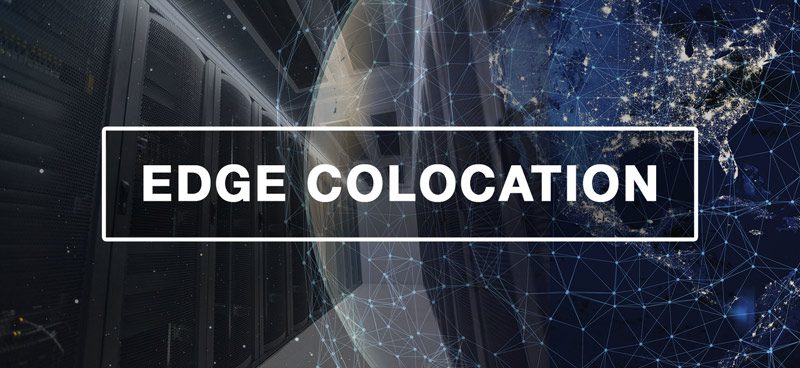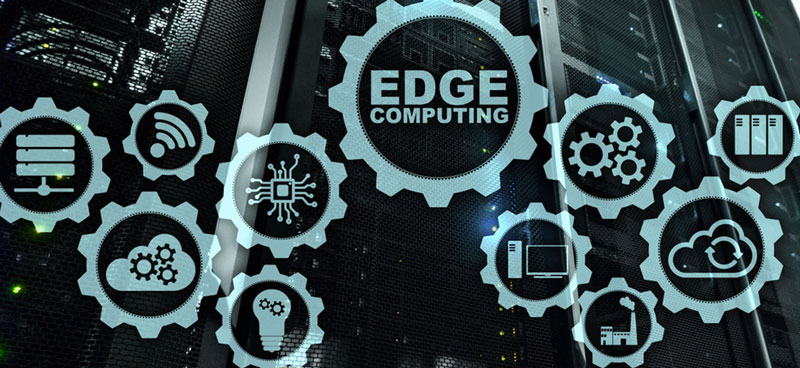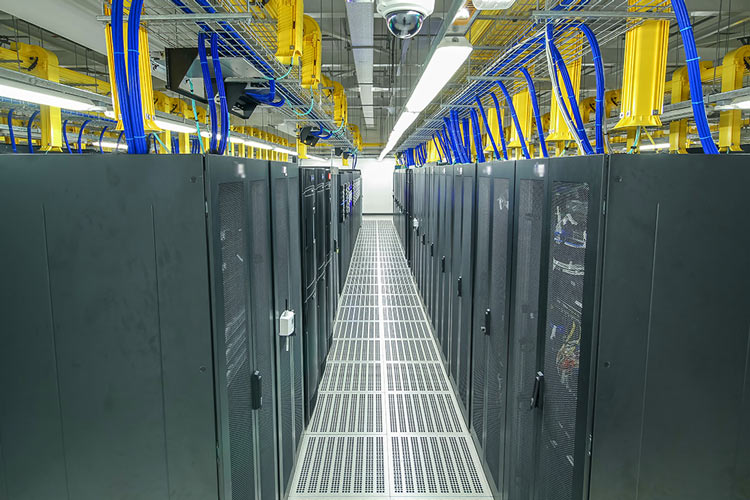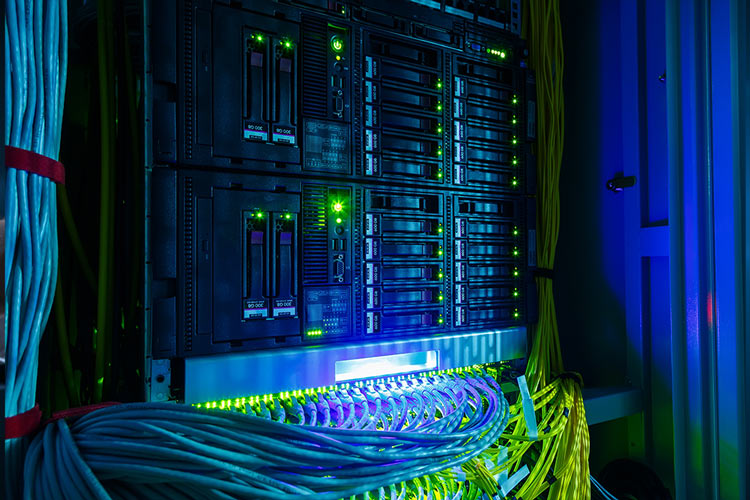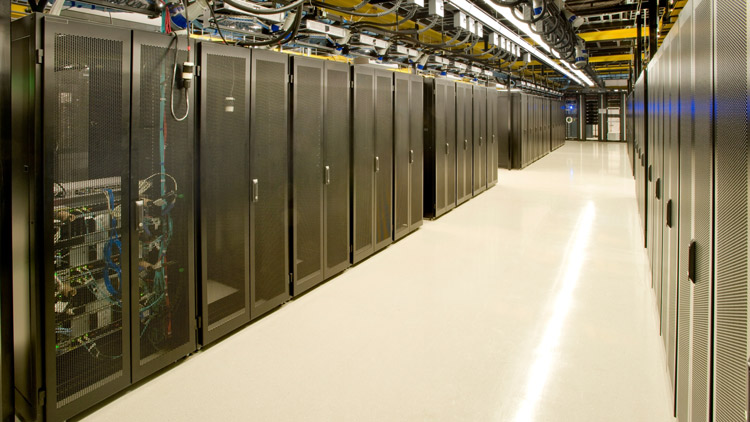Edge data center and colocation facility demand remain high while continuous growth in collected data volumes is introducing the world to a new paradigm. Infrastructure is changing to update data traffic and analysis to our current needs, making it less expensive, lower latency, and more efficient. In this new world model starring self-driving cars, remote surgery, and the Internet of Things, the more traditional, centralized data center’s capacities aren’t efficient anymore.
This is where edge data center solutions come into the picture. Edge computing works by stretching the cloud closer to the end-user device. This extension of the cloud creates a new layer of processing, delivering extra computing power and storage. Decreasing the volume of data sent to the cloud increases network efficiency and lowers latency and costs. However, processing data closer to its primary source brings many other benefits, from improved bandwidth and connectivity to increased data privacy. Edge computing powers edge colocation, making it easy for businesses to scale up in tier-two markets.
So, what does this technological evolution mean to the world and our lives? This blog is going to revolve around those questions.

Digital Transformation and the Need for Edge Data Centers
The out-of-the-ordinary situation we have been collectively experiencing during the pandemic has made lasting changes for us. Some of those changes took place in the most unexpected areas of our lives. Undoubtedly, those changes have significantly sped up digital transformation worldwide.
By digital transformation, we understand the process of expanding network infrastructure to make organizing our chores digitally possible. As a logical response to the situation, working from home, attending classes from home, and telemedicine have become widespread. However, the increase in data volumes and traffic has brought performance issues as well. The solution to the problem is moving out of the cloud and to the ends of the network, where data is created. And the best way to achieve that efficiently is by leveraging edge computing.
Edge Data Centers and Instant Data Analysis
Digital transformation hasn’t only been a reaction to the pandemic. It is an ongoing process, continuously merging with our lives. Autonomous cars, smart agriculture, and remote surgeries are some of the emerging fields of application. Those applications – and many, many others – require instant data analysis. This is why edge data center usage is becoming vital to efficient data management.
How Edge Computing Works
Data can have many forms; for instance, it can originate at an IoT sensor, which then sends the data to a cloud service. That data transfers from the physical device to the cloud. Edge computing happens when the data initiates at the “edge” of a network.
An edge computer or server works by collecting data from sensors. After the data is collected, the edge data center stores, processes, or sends it to the cloud. However, the totality of the received data consists of many kinds. Some of it doesn’t require sending to the cloud. In other mission-critical cases, where latency is not tolerated, data processing must happen quickly. There’s no time for it to travel to the cloud and back. In these cases, processing happens directly at the edge data center.
Thus, the edge data center relieves the cloud data center from the burden of processing. As a result, traffic between devices and applications and the cloud is significantly reduced. Edge computing frees up bandwidth, boosting network efficiency and consequently cutting back on costs.
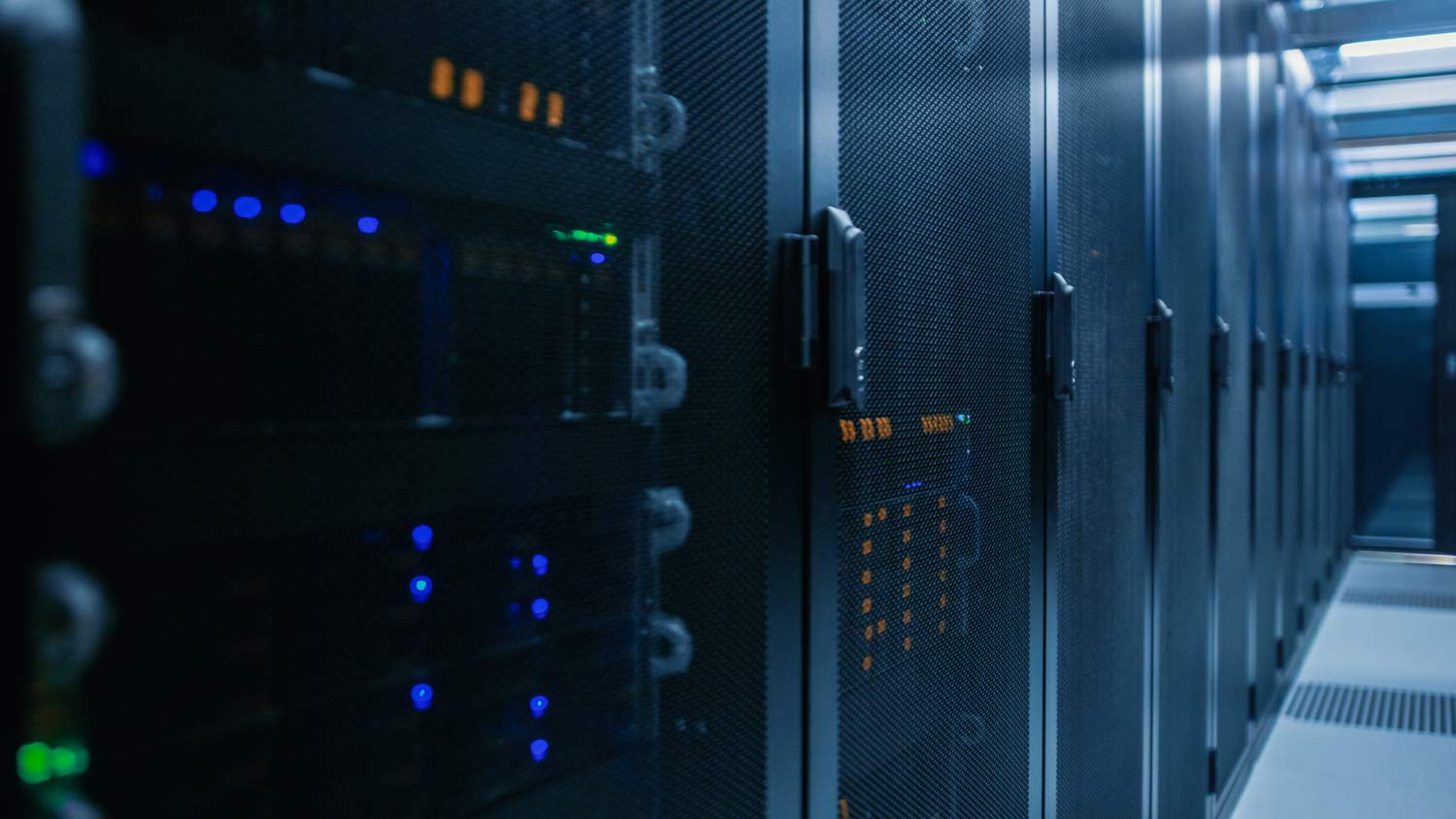
The Layer Between the Cloud and the Edge: Fog Computing
With the fog layer based on the local network, edge servers can send large amounts of data there first. The fog layer can decide if the data should be sent to the cloud or if other real-time actions are needed. This significantly decreases latency, especially if the data consists of very large files. In those cases, implementing a fog layer can save a lot on bandwidth usage and improve latency.
The Boom of Edge Data Centers
Wireless technology is expanding fast. The quantity of data keeps growing, and as a result, the necessity for computing power close to the application is paramount. The role of edge data centers for storage and computing qualities will be of critical importance in enabling applications that require real-time responses. With the possibilities of 5G mobile network communication, promising faster data speed and capacity to support a multitude of connected devices, the world will be changing fast, and the importance of edge computing will prevail.
Edge data centers are the solution to high data volumes and achieving low latency. With these new technologies skyrocketing, edge computing is changing the digital ecosystem, opening up whole new opportunities for businesses and a new chapter in user experience.
What Are Edge Data Center Colocation Services?
When relocating a business to a new area, finding a data center with proper interconnection can be challenging. However, it is an efficient solution to go with an edge data center and edge colocation instead.
Edge hardware doesn’t require a traditional data center’s robust infrastructure and tremendous resources. The hardware can be easily mounted anywhere, which is important for businesses. However, this can come with logistics issues for companies managing hardware in dispersed edge locations.
Edge colocation providers respond to these challenges by offering dynamic server space for companies to rent. In traditional, on-premises data centers, the burden of maintenance lies on the shoulders of the company. Colocation service providers remove this burden, extending to the edge infrastructure as well. When renting a dynamic server from a colocation provider, the client’s only worries are configuring the hardware and taking care of the applications and content.

Increasing Demand for Colocation Services Close to End Users
Underserved areas are already benefiting from the excellent connectivity colocation data centers offer. And the demand keeps growing, therefore, edge colocation is seeing exceptional growth. Edge data center providers offer services that assist businesses with improving online experiences, achieving lower latency, and handling data more efficiently and securely. For the best overall results in performance, most companies use a mix of on-premise, cloud, edge, and colocation infrastructure.
The edge data center market is in growth, and it is estimated to remain in continuous expansion. The global edge data center market will foreseeably be worth 29.6 billion by 2028, growing at a rate of 23.2% during this period. The leading industries in edge colocation deployment are banks and insurance companies, already showing remarkable presence on the market in North America and other parts of the world as well.
Edge Data Center as a Service
EDCaaS is a subscription-based service designed for organizations to take advantage of edge data center infrastructures without having to manage their own. This model allows businesses and organizations to use the resources and leverage the services without having to invest much in their own edge data center infrastructures. These offerings allow users to only pay for the resources they consume and rely on the service to deploy applications without delays.
Edge data center service providers offer flexibility with resources, therefore enabling businesses to scale edge computing power as needed. This allows companies to adjust and expand their edge computing assets without the hassle of managing all the infrastructure and logistics.
Conclusion
With the volumes of data growing and traffic increasing, the demand for edge data centers remains hot on the market. Businesses need to take extra measures to keep up with the flow and maintain availability and quality services for their users around the globe. Edge data center colocation facilities like ours at Volico Data Centers offer the high-geared infrastructure and resources necessary to achieve top performance and low latency in a competitive market.
Got questions? Want to talk specifics? That’s what we’re here for.
Have one of our experts contact you to talk details. Discover how Volico Data Centers facilities and services can help you with flexible and efficient edge infrastructures.
• Call: (305) 735-8098
• Chat with a member of our team to discuss which solution best fits your needs.
